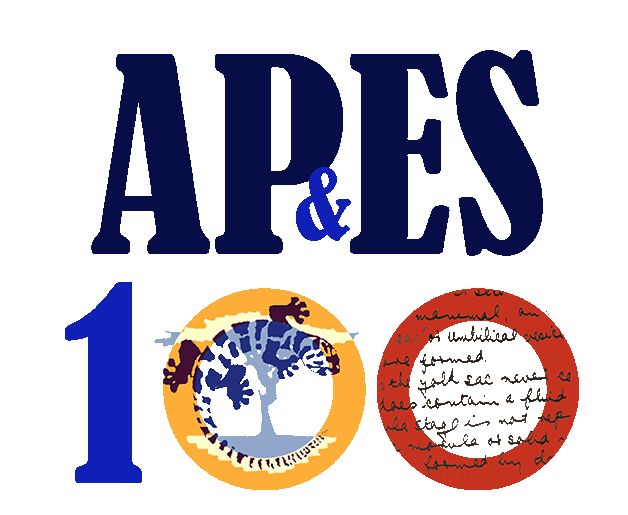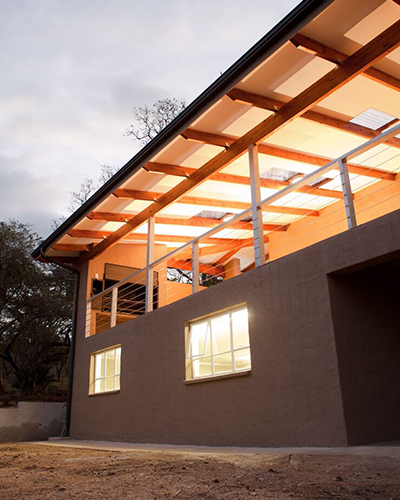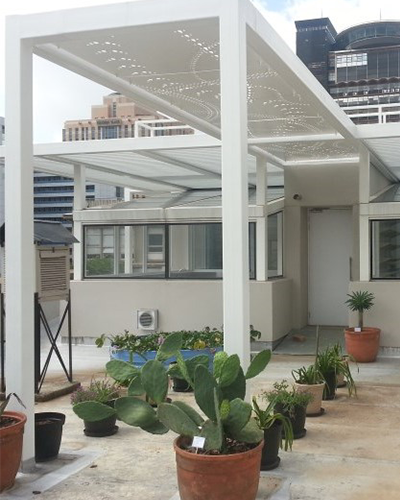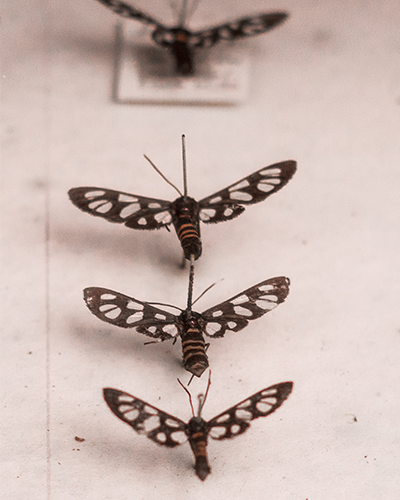Facilities
Within the School there are good research facilities. Plant tissue culture and cryopreservation is an active area of research. A state of art insectary is used for insect studies and biocontrol research. A Molecular Laboratory has the equipment for DNA extraction and amplification. A green house and controlled growth environments are used for plant studies. The excellent Life Sciences Museum incorporating the C.E. Moss Herbarium is used for systematics research.
The University Electron Microscopy Unit is housed on the ground floor of the Biology Building and has several electron microscopes and a confocal microscope, plus extensive support equipment. The Central Animal Services maintains special laboratories providing animal housing and care.
The School has access to three field sites on a permanent basis. Dr Pullen left a portion of a farm in the Nelspruit area to the School of Biology. Mondi have built a research lab and accommodation in the Mntinzini area. The university supports the Wits Rural Facility near Acornhoek, near the Kruger Park, where much community-based ecological research is done. The School possesses six vehicles for fieldwork.
These facilities are state of the art growth chambers where the researcher can control temperature, humidity, day length and carbon dioxide concentration.




